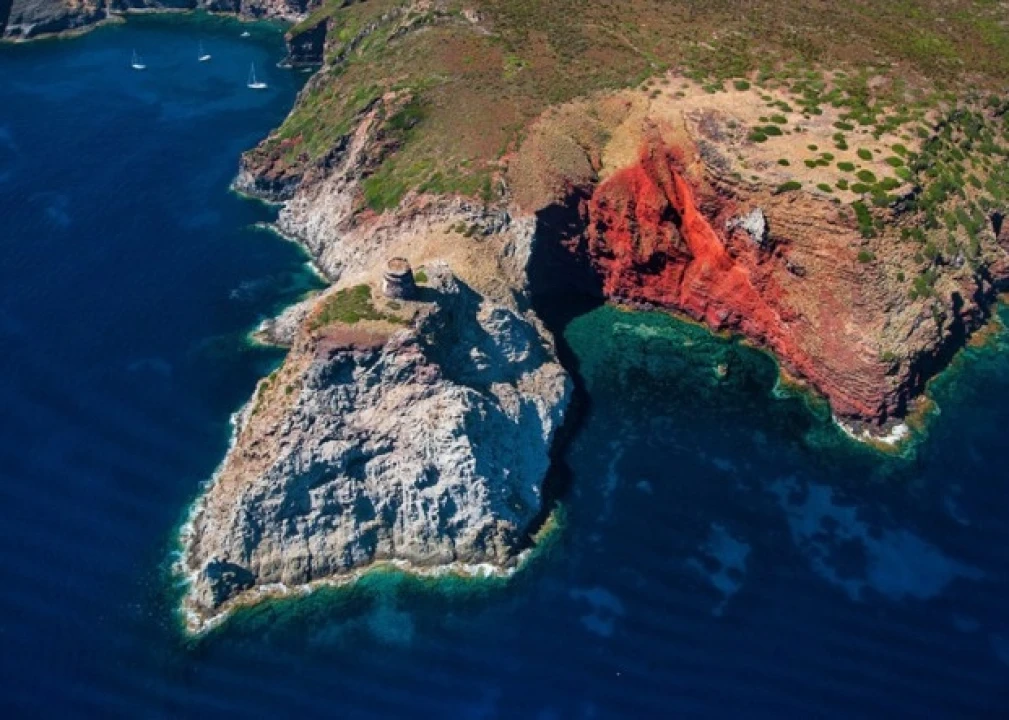“Sailing on you can see Capraia, a wild island where men go to escape light”: this evocative description was given by Claudius Rutilius Namatianus, a 5th-century Roman poet who in his unfinished “De reditu suo” recounted his journey from Rome to his hometown in Gaul (the poem actually only gets to Luni).
The men he mentioned were the cenobites and Christian monks who settled in the volcanic island of the Tuscan Archipelago starting in the 4th century. Perhaps they chose Capraia exactly for its hostile appearance – with mountains and no sandy beaches, but mostly rocky coastlines that dive down into the sea – and for the distance that separates it from the mainland.



